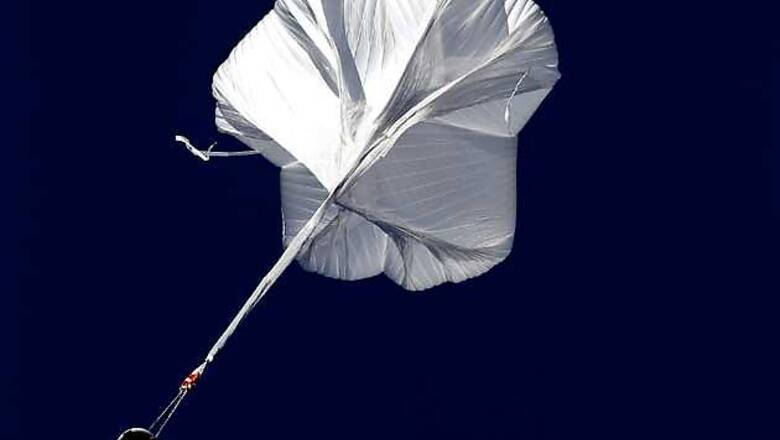
views
Washington: A Google executive has set a new record by jumping successfully from near the top of the stratosphere -- some 135,000 feet, or 41,000 metres high, his project website said.
The record dive by 57-year-old Alan Eustace, who is a "senior vice president of knowledge" at Google, was conducted as part of the Stratospheric Explorer project to allow manned exploration of the stratosphere above 100,000 feet.
According to a statement from the Paragon Space Development Corporation, Eustace completed the four-hour mission over Roswell, New Mexico, using a specially designed space suit and balloon module to carry him to the stratosphere.
"Ascending at about 1,000 feet per minute, Alan achieved his target altitude in about two and a half hours," the statement said. "He spent a short time, around a half hour, experiencing the wonders of the stratosphere before being released from the balloon. In rapid free fall, Alan experienced a short period of near weightlessness and within 90 seconds exceeded the speed of sound."
The previous record was set by Austrian skydiver Felix Baumgartner in 2012, jumping from a height of nearly 128,000 feet or 38,969 meters, also from New Mexico. Eustace's free-fall into the atmosphere lasted about five minutes, and he deployed his parachute at around 18,000 feet "and floated gently to the ground," the statement said.
"Within four hours of launch, Alan arrived at the launch site where the team and guests toasted his achievement and safe return." Paragon produced the recovery systems for the project, designed by the engineering firm ILC Dover with assistance from several other consultants and companies.
The New York Times, which first reported the news, quoted Eustace as saying, "It was amazing. It was beautiful. You could see the darkness of space and you could see the layers of atmosphere, which I had never seen before."
The Times said that Eustace was propelled from the module with a small explosive charge, sending him travelling briefly at supersonic speeds, creating a sonic boom heard by observers on the ground. According to Paragon, the system has wide-ranging applications for the study of the science of the stratosphere.




















Comments
0 comment